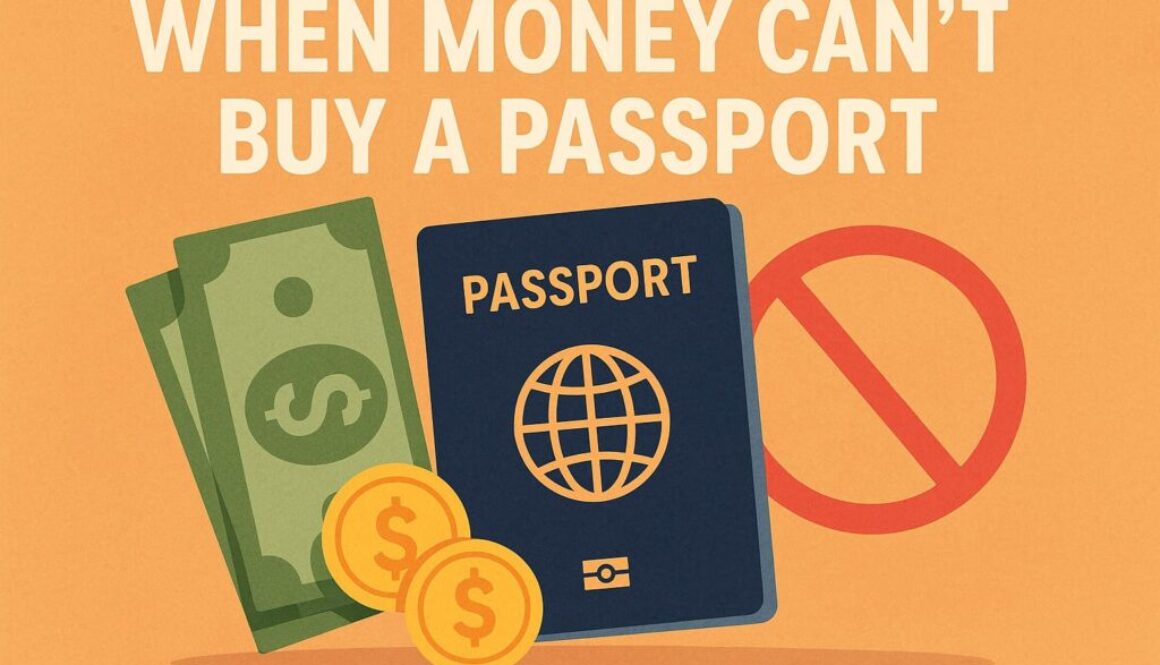The 10 % Shock: How Washington’s BRICS-Only Tariff Puts MFN to the Test
Washington’s threatened 10 % surcharge on all BRICS-origin goods is the latest flash-point in a wider tariff offensive; understanding its legality and likely fallout requires a quick tour of WTO rules (MFN, bound rates, dispute settlement), trade-remedy tools, the structure of BRICS financial fire-walls, and the India-U.S. bilateral playbook shaped by the Trade Policy Forum and U.S. Section 301 powers.
The U.S. 10 % “blanket” tariff on BRICS imports
-
What is proposed?
-
On 6 July 2025, during the BRICS summit in Rio, President Trump said any country “aligning itself with the anti-American policies of BRICS” would face an additional 10 % duty on all of its exports to the U.S.
-
A White House fact-sheet frames the move as a security measure layered on top of the existing 10 % “baseline” tariff announced in April 2025 under a self-declared national emergency.
-
Politico and Yahoo Finance report that the levy would cover roughly $380 billion in goods from China, India, Brazil, Russia and South Africa and could rise to 50 % in “cases of persistent non-reciprocity.”
-
-
Why does it matter?
-
WTO legality: A duty that targets only BRICS members breaches the most-favoured-nation (MFN) rule in GATT Art.I unless justified under a security or balance-of-payments exception, both of which face strict tests.
-
Retaliation risk: Brazil has already threatened 50 % mirror-tariffs; Canada and the EU are compiling hit-lists, raising the spectre of spiral retaliation similar to the 2018–19 trade war.
-
India’s dilemma: New Delhi warned at the WTO that it may seek consultations and–if needed–panel proceedings, while privately weighing calibrated counter-tariffs under its Customs Tariff Act.
-
WTO architecture in five building blocks
GATT Article I – MFN
The MFN rule requires any tariff or advantage given to the product of one WTO member to be immediately and unconditionally extended to like products of all others, outlawing discrimination such as a BRICS-only surcharge.
GATT Article II – Bound tariffs
Members “bind” maximum tariff ceilings in their schedules; charging above a binding without invoking a GATT exception opens the door to compensation or retaliation claims.
Dispute-Settlement timeline (DSU)
Typical path:
-
Consultations – 60 days → Panel set-up – 45 days → Panel report – ~6 months → Adoption (no appeal) – 60 days → ≈ 1 year total (15 months with appeal).
(Delays now creep beyond the targets because the U.S. continues to block Appellate Body appointments.)
Trade-remedy toolbox
These remedies are case-specific and require investigations; a universal 10 % tariff does not fit any of them and would likely be challenged as a plain MFN/bound-rate breach.
Preferential v. multilateral trade
GATT Article XXIV – Regional Trade Agreements
Allows customs unions/FTAs if (i) duties are substantially eliminated on “substantially all trade” within “a reasonable length of time” and (ii) external tariffs are not raised on outsiders.
Early-harvest v. full FTA
Early harvest deals liberalise a priority list of products/services first, acting as confidence-builders before a comprehensive FTA (e.g., India–U.K. “EHS” talks).
Preferential Trade Agreements (PTAs)
PTAs can be unilateral and cover fewer goods; FTAs are reciprocal and wider in scope.
BRICS financial safety-nets
Both institutions signal BRICS intent to pool risk and fund projects outside the Bretton Woods system, influencing how they might coordinate any retaliation to U.S. tariffs.
India–U.S. Trade Policy Forum (TPF) & Section 301
-
TPF: A cabinet-level platform (USTR + India’s Commerce Minister) revived in 2021; the January 2024 meeting pledged work on market-access for agri products, digital trade, and a dispute-avoidance mechanism, with bilateral trade already crossing $200 bn.
-
Section 301 of the Trade Act 1974: Empowers USTR to investigate and retaliate against “unfair” foreign trade practices; tariffs of up to 25 % (or more) can be imposed after a finding of discrimination, as seen in the digital-services-tax probe and ongoing cases against China.
Why it matters now: If India challenges the 10 % tariff at the WTO, the U.S. could counter-pressure via a fresh Section 301 probe to force bilateral concessions—illustrating the tug-of-war between multilateral rules and unilateral tools.
Quick revision bullets for UPSC
-
MFN v. Security Exception: Know Art.I vs. Art. XXI GATT tests.
-
Bound tariff breach: first negotiate compensation; failing that, retaliate commensurately (Art. XXVIII).
-
Trade-remedy triggers: dumping (price), subsidy (financial contribution), safeguards (volume surge).
-
Art. XXIV criteria: substantially all trade ≈ 90 %; reasonable time ≤ 10 years (under the 1994 Understanding).
-
NDB vs. CRA: long-term project funding vs. short-term liquidity swap.
-
Section 301 timeline: investigation – 12 months; retaliation can start immediately after Presidential approval.








